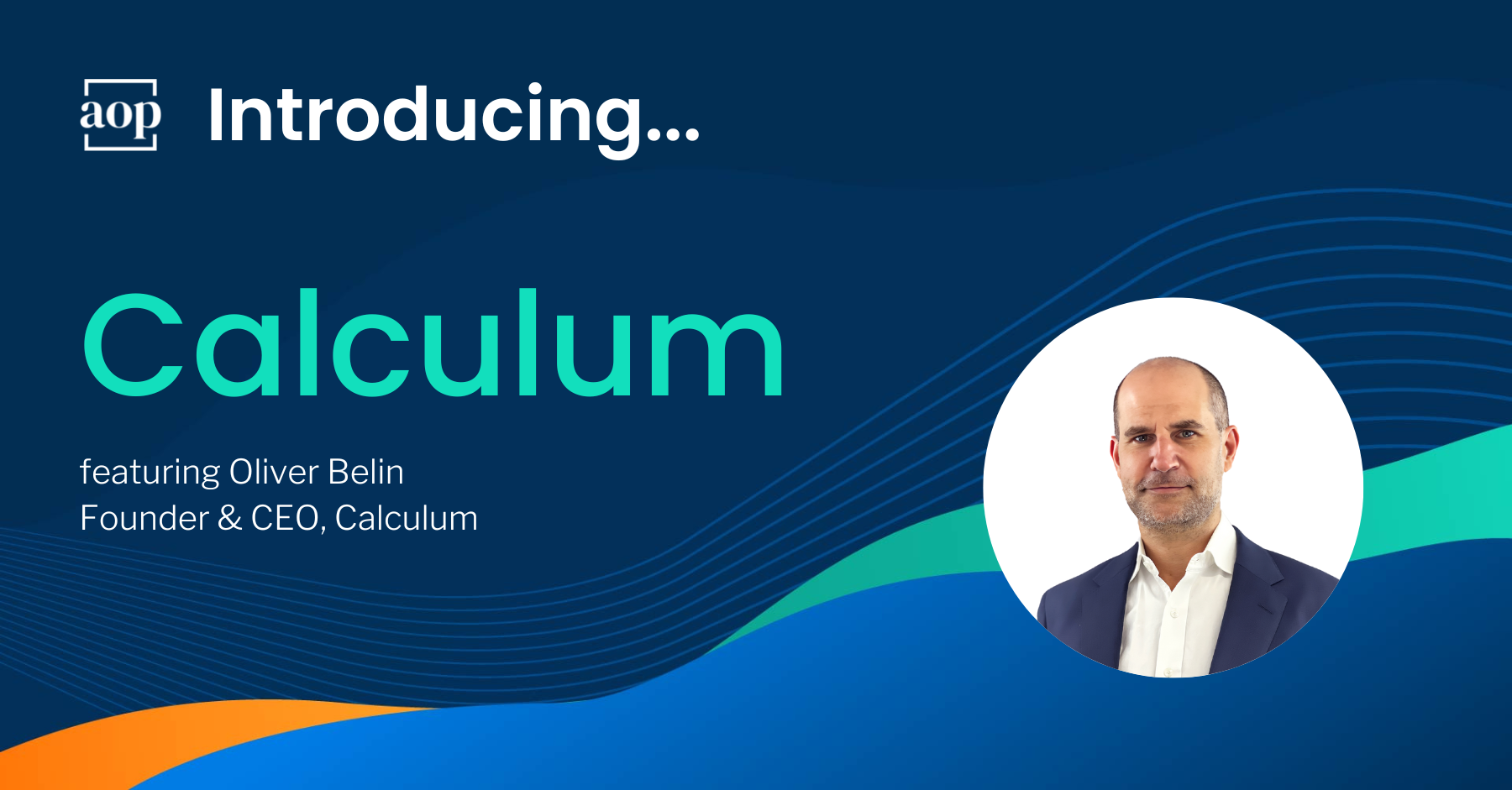In this episode of AOP Introducing, Helen Mackenzie speaks with Martin Rand, CEO and Co-Founder of Pactum AI, an innovative AI-based system revolutionizing procurement negotiations at scale. Martin, a Harvard-trained negotiator and experienced founder, shares what led him from a background in product management at Skype to creating a startup in agricultural data, eventually leading to the creation of Pactum AI.
Pactum AI is an AI-powered chat interface backed by best-practice negotiation strategies that helps some of the world’s largest enterprises, like Walmart and Maersk, negotiate supplier deals at scale with greater efficiency, speed, and cost savings. By streamlining and automating supplier negotiations, Pactum AI can help businesses save money and improve their supplier relationships.
“At the end of the day, our customer would have to go out and renegotiate a million rates,” said Martin. “This is not really happening efficiently with people, so we deploy a robot to do that and create growth opportunities for the vendors but also unlock the huge amount of value in this un-negotiated spend for our customers, which is tens and hundreds of millions of dollars.”
In fact, the inspiration behind Pactum AI’s founding was rooted in the art of negotiation. Martin’s deep dive into Harvard’s negotiation master class and subsequent interactions with renowned negotiation experts solidified his belief in the power of negotiations, driving Pactum AI’s mission. And, when he observed the complexity and vastness of data within large organizations, particularly in procurement, he saw the potential for AI to handle effective negotiations and supplier relationships at scale.
One of Pactum AI’s critical differentiators is that it is an explainable rules-based AI that ensures predictable outcomes, giving it the authority to close deals safely and reduce risk.
“We always know what the machine will say and where the machine will end up with an outcome,” said Martin. “That is why our machine has the authority to actually close deals, which is impossible when using only a large language model.”






